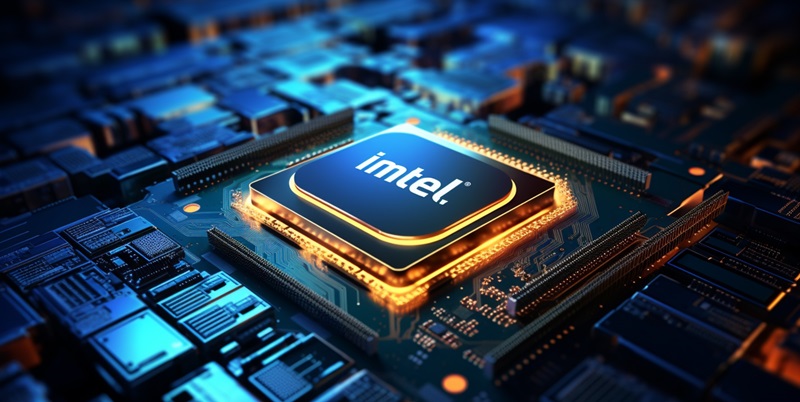In a significant leap forward for the mobile CPU market, Intel has recently announced its upcoming Panther Lake processors, set to succeed the much-anticipated Lunar Lake chips. This new line is tailored not only for thin-and-light laptops but also for AI-focused PCs, showcasing Intel’s commitment to versatility. A notable aspect of Panther Lake is its construction on Intel’s cutting-edge 18A process technology. This process, expected to debut in about a year, signifies a major advance in CPU capabilities. By leveraging its innovative gate-all-around transistors, known as RibbonFET, and advanced backside power delivery mechanisms, Intel aims to deliver unprecedented levels of performance and efficiency. This marks a critical pivot back to utilizing Intel’s own foundry operations for the first time since shifting some production responsibilities to TSMC for earlier generations like Lunar Lake and Arrow Lake. As the tech world eagerly awaits, it becomes evident that Panther Lake could set a new standard in the mobile CPU domain, promising enhanced user experiences for a wide range of applications.
High-End Performance Unveiled
A central highlight of the Panther Lake announcement is the introduction of the Panther Lake-H SKU, distinguished by its 6+8+4 core design. This configuration sums up to an impressive 18 cores, supported by 12 Xe3 graphics cores. Such a robust core count coupled with a 28W part designation positions this processor as a formidable competitor in the high-end handheld gaming sector. Companies like AMD, particularly with their Ryzen Z1 Extreme, could face stiff competition from this new powerhouse. Not only does the 18-core design suggest superior multitasking capabilities, but the integration of 12 Xe3 graphics cores likely means significant improvements in graphics rendering and overall visual performance, pivotal for gaming enthusiasts and creative professionals alike.
Interestingly, Panther Lake will feature another high-end CPU designed specifically for gaming laptops that utilize discrete graphics cards. This version will maintain a similar core structure—6+8+4—but will come with a higher thermal design power (TDP) of 45W. The elevated TDP indicates that these processors can handle more intensive tasks, making them ideal for gaming laptops requiring extra processing power without compromising on thermal efficiency. This balance of high core count and increased TDP ensures that users get the best of both worlds: exceptional performance and manageable heat dissipation.
Versatility Across Power Configurations
In a significant leap forward for the mobile CPU market, Intel has recently unveiled its forthcoming Panther Lake processors, which will follow the highly anticipated Lunar Lake chips. This new series is designed for both thin-and-light laptops and AI-focused PCs, reflecting Intel’s dedication to versatility. Panther Lake’s standout feature is its construction using Intel’s advanced 18A process technology, which is expected to be launched in about a year. This technology represents a major advancement in CPU capabilities. By incorporating innovative gate-all-around transistors, known as RibbonFET, and advanced backside power delivery mechanisms, Intel aims to achieve unprecedented performance and efficiency levels. This development marks a vital return to Intel’s own foundry operations after previously delegating some production roles to TSMC for earlier generations like Lunar Lake and Arrow Lake. As the tech community eagerly awaits, it’s clear that Panther Lake could set a new benchmark in the mobile CPU arena, promising enhanced user experiences across various applications.

